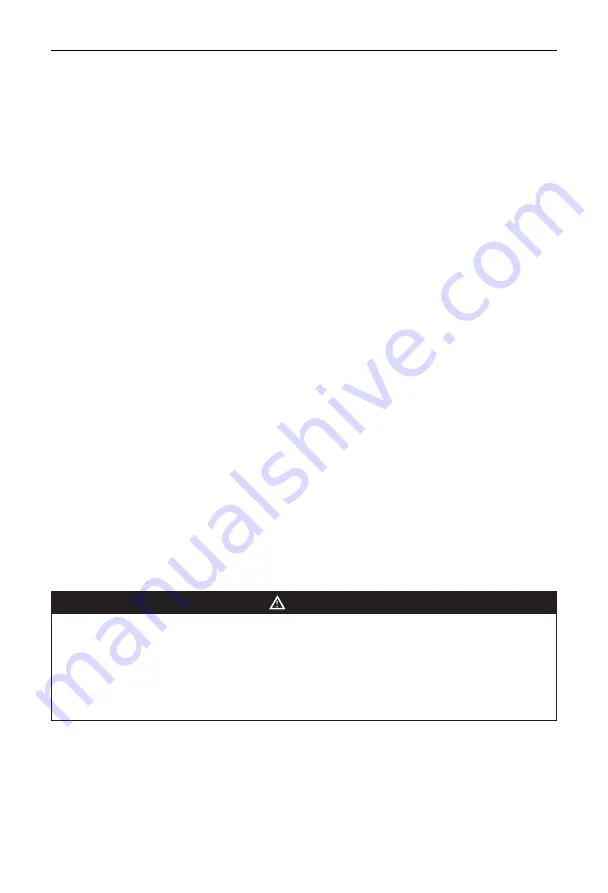
D Series Modular Air-cooled Scroll Chillers
37
(3)
Check the water pump.
(4) Tighten all connectors.
(5) Take the leakage test for all piping. If leakage occurs, eliminate it.
(6)
Regulate the water flow through the balance valve and check the water pressure.
(7) Check if the oil circulation goes properly through the sight glass located on the compressor.
(8) Check if the fan rotates properly.
(9) Check if the system vibration and noise are acceptable.
7.7 Parts Replacement
Only parts supplied by Gree can be replaced instead of similar parts supplied by others.
7.8 Refrigerant Charging
Refrigerant charging should be done based on the discharge and suction pressure. An air tight test must
be taken on the condition refrigerant leaks or some part is required to be replaced. Refrigerant charging
comes into two cases stated below.
◆
Complete charging
In this case, take a leakage test by charging hi-pressure nitrogen (15~20kg) or refrigerant into the
system. If soldering is required, note that gas inside the system must be expelled firstly. The whole system
must be dried and vacuumed prior to charging.
(1) Connect the manifold gauge.
(2)
Vacuum the system with the vacuum pump.
(3) After the system pressure reaches the required value (<80Pa) for more than 30 minutes and keeps
below 100Pa, charge refrigerant at the low pressure side as per the rated specification on the
nameplate.
(4)
Refrigerant charge will be affected by the ambient temperature. When charged refrigerant is under
the required amount, add in accordance with the other charging case stated below.
◆
Adding
Connect the refrigerant charging port at the lower pressure side to the refrigerant tank and install a
manifold gage.
(1)
Circuit the chilled water and start up the unit.
(2)
Charge refrigerant vapor into the system slowly and check the suction and discharge pressure.
WARNING
•
When performing the leakage and air tight test, never charge oxygen, acetylene and other flammable and
toxic gases but only hi-pressure air, nitrogen or refrigerant.
•
Mineral scale on the surface of the heat exchanger will affect the heat exchanging efficiency and increase
the water resistance and lower the refrigeration capacity. Therefore, it should be cleared away through
dilute acid. Note that contents of different water quality vary and should be treated with different type of
acid by the qualified chemical company.
7.9 Removal of the Compressor
Please take the steps below when the compressor is required to be removed.
(1)
Cut off the power supply.
(2)
Recover the refrigerant in a reasonable speed to prevent oil from being drawn out.
(3)
Remove the power cord and the temperature sensor.
(4)
Unsolder the soldering spots of the suction and discharge lines.







































